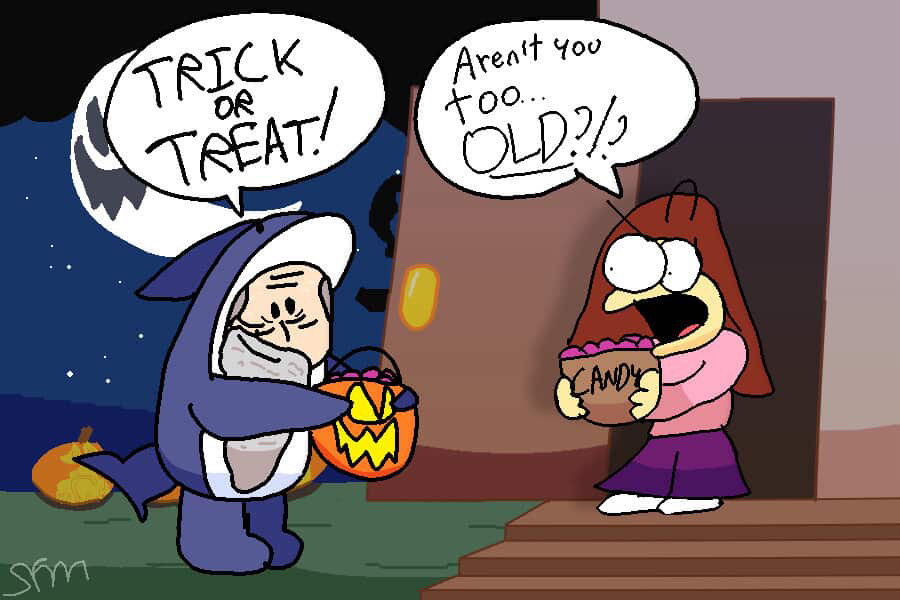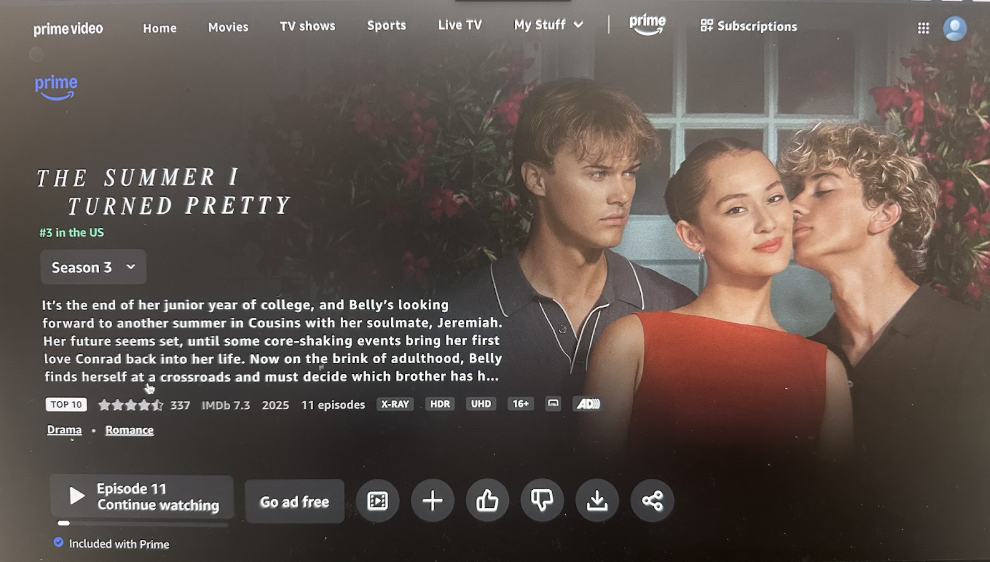The rich, prideful Mr. Darcy stares at Elizabeth Bennet, a smile on his face. There’s a passionate twinkle in his eyes as he memorizes the way Elizabeth sings and plays the piano in his mind. Elizabeth, feeling the intensity of his stare, glances up and returns his smile. That’s the moment when you realize that the pair no longer has control of their hearts, for they have both fallen madly in love with each other.
Anyone who has read the acclaimed classic “Pride and Prejudice” by Jane Austen or watched one of its many film adaptations would know that it is impossible to resist the charms of Mr. Darcy. I lost this battle when I first watched the 1995 miniseries in middle school. Even at a young age, I was obsessed with the way Colin Firth portrayed Mr. Darcy. From his serious demeanor to his actions to help the Bennet family, I was able to feel each passionate emotion that Mr. Darcy felt as I watched the series and found myself captured in the romance between the two main leads. Since then, I’ve read the book and watched other films reproducing the famous story.
The top three film adaptations of “Pride and Prejudice” that I would recommend are the 1995 BBC miniseries, the award-winning 2005 movie and the Bollywood adaptation titled “Bride and Prejudice.” The miniseries, starring Colin Firth and Jennifer Ehle, is known for being the most accurate adaptation of Jane Austen’s novel. The miniseries is also praised for being the most historically accurate of the three films. The 2005 film, on the other hand, was nominated for Best Leading Actress, Best Music Score, Best Production Design and Best Costume Design in the 78th Academy Awards in 2006. The lead actors in the movie were Keira Knightley and Matthew Macfadyen. “Bride and Prejudice” is the only version of three that was turned into a musical. Starring Aishwarya Rai Bachchan and Martin Henderson, this film is full of fun dancing scenes and lots of bright colors that made the movie very entertaining to watch. The most popular film adaptations are the 1995 and 2005 versions, which are the two I will be discussing in-depth.
Amongst fans of Mr. Darcy and Elizabeth, there is often a debate about which film adaptation is better, the 1995 miniseries or the 2005 movie adaptation. I’m not sure why there is even a debate at all, because the 1995 miniseries is obviously better than the 2005 film. One of many reasons, the 1995 miniseries does a better job at evoking emotion in the audience and capturing the beautiful story as a whole.
By far, Colin Firth should win the award for the best actor this world has ever seen. One of the most popular scenes in the miniseries is when Mr. Darcy dives into the lake at his estate and walks out soaked to the bone in white clothing. When Elizebeth unexpectedly runs into the dripping Mr. Darcy the two share an awkward conversation. For me this scene is largely entertaining because of the awkwardness between the two characters. This scene is at a pivotal moment in the film. Elizabeth has just harshly rejected Mr. Darcy and Darcy can’t figure out how to get over her. Elizabeth has just begun realizing that Darcy isn’t as a bad person as she once thought him to be. When Darcy sees Elizabeth he is filled with joy and quickly rushes to change his clothes so he can see Elizabeth again. The joy Mr. Darcy feels is so well portrayed by Firth that the audience can feel it through the TV screen.
The scene that fans of the 2005 adaptation state trumps the “The Lake Scene” is a scene labeled the “hand flex.” In the 2005 film, this scene happens when Knightly’s portrayal of Elizabeth is leaving Netherfield after caring for a sick Jane, Elizabeth’s sister. Macfadyen, as Darcy, helps Elizabeth into the carriage. As he turns away from her, he flexes his hand. During this scene, Elizabeth is not wearing gloves and is surprised when Darcy touches her hand with his ungloved fingers. This scene is popular because it represents the enormous, bursting feelings Darcy has for Elizabeth. When Darcy flexes his hand, he flexes it as if to shake off the contact and his feelings for Elizabeth. While this scene was good enough to make my heart race, I still prefer the “The Lake Scene.”
Although Darcy’s affections are more subtle in “The Lake Scene,” it makes the audience feel the weight of his feelings as Firth and Ehle converse. The reason Darcy jumped into the lake in the first place was an attempt to stop himself from thinking about Elizabeth. So when they both run into each other, you can truly feel the held-back emotions from both Elizabeth and Darcy. This is what the “hand flex” scene doesn’t have. While it’s true that scene does a great job letting the audience know Mr. Darcy’s feelings, it doesn’t reveal Elizabeth’s feelings as well as the “The Lake Scene.”
Going beyond “The Lake Scene,” Firth is a master of the straight, prideful smile. What takes this romance series to a whole new level is the way Firth wears his fake smile the whole time except when he’s looking at Elizabeth. My heart melts every time I watch the miniseries and only see a large, full teeth smile from Firth on the day Elizabeth and Mr. Darcy get married. I love the way the creators of this series captured so many shots of Darcy looking at Elizabeth. His intense gaze of undying love separates Firth from other actors in similar roles.
The second reason why the miniseries is better than the 2005 movie is because Ehle is a better Elizabeth Bennet than Knightley is. Knightley’s portrayal of this famous character was a little bit too modern for me. She’s feisty and rebellious, just like Elizabeth is, however, her feistiness at times feels a little too rude for a woman in that time period. Ehle does a fantastic job of playing a gutsy 19th-century woman. She is able to respond to Mr. Darcy with many witty quips while still remaining polite.
While Knightley is without a doubt a very beautiful woman, Ehle has such stunning eyes that sparkle every time she looks at Mr. Darcy. Her eyes themselves can end arguments with the way they pierce through the air like a knife. Ehle also demonstrates a lot of elegance in the miniseries that helps her character come off as a very kind, but smart person, which I prefer over Knightley’s acting.
The third reason why I prefer the miniseries to the movie is because it’s longer. Some people prefer the short two-hour and seven-minute run time of the 2005 film compared to the five and half-hour commitment of the miniseries. However, because Jane Austen’s “Pride and Prejudice” is such a detailed and classic novel, I feel that it needs the added hours to achieve its maximum potential on the screen.
When I watched the 2005 movie, I felt like I missed out on the build-up of feelings between Darcy and Elizabeth. Everything felt so fast. As I’ve stated before, the best part of the miniseries is the moments when Darcy is captivated by Elizabeth and can’t help but stare at her. Due to the short run time of the movie, they didn’t have nearly as many of these scenes, and that was very disappointing. The miniseries is best when you watch it all at the same time—which means that it is a very big time commitment—however, I love watching every one of those 327 minutes.
While I loved the casting choices for Darcy and Elizabeth, I will admit that the casting choice for Jane Bennet was better in the 2005 film. Jane is supposed to be the prettiest member of the Bennet family and the best-looking girl in that part of the country. However, in the miniseries, Jane’s looks were somewhat plain. She was still pretty, but not the most beautiful girl in the room, like she was depicted as in the novel. In the movie, Jane is extremely pretty, even when compared to Knightley, who better fits her character’s physical characteristics.
Overall, the biggest reason why I enjoyed the miniseries a lot more than the 2005 film is because of the way I could feel the emotions coming from the two main characters as they fell in love. The “Pride and Prejudice” movie was a good movie, but it didn’t stir my heart and make me fall head over heels for Mr. Darcy in the same way the miniseries did.
If you haven’t already, I strongly recommend you watch any one of the “Pride and Prejudice” film adaptations. Whether you just want to see what the story is about and watch the 2005 movie, dive into the full five-and-a-half-hour miniseries or dance along to the songs in “Bride and Prejudice,” you will thoroughly enjoy the experience.




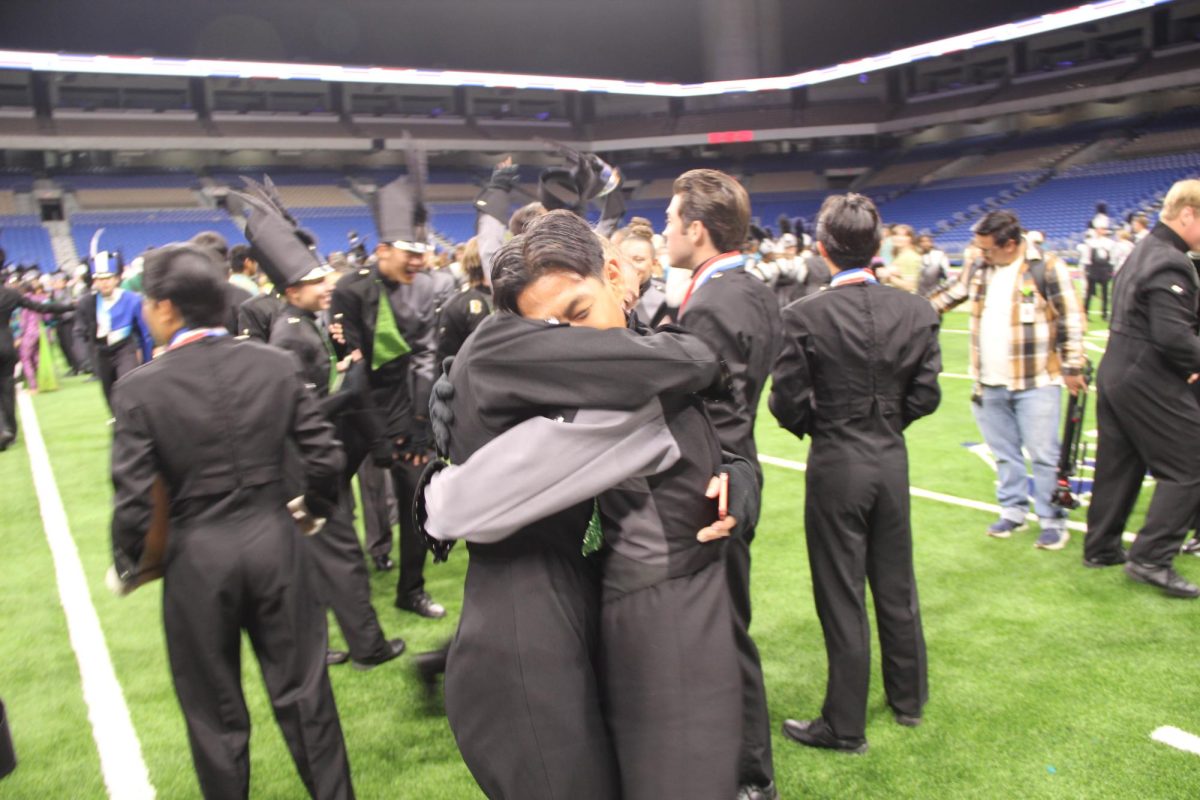
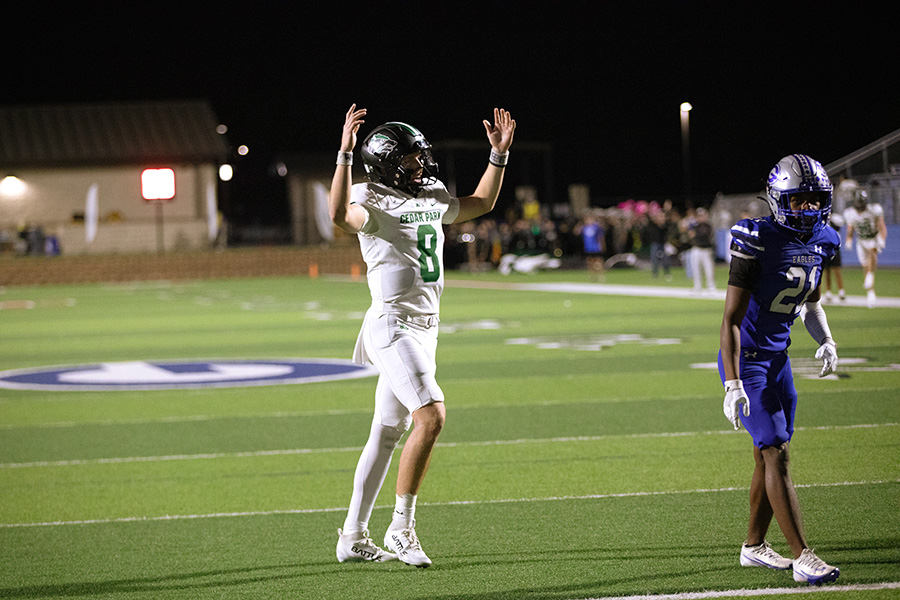
![Senior Jett Mckinney stores all the clothes in his own room, with half of it stored in his closet along with his personal clothes, and the rest taking up space in his room.
“There’s been times [when] there’s so much clothing stored here and it gets overwhelming, so I end up having to sleep somewhere else in the house,” Mckinney said.](https://cphswolfpack.com/wp-content/uploads/2025/11/DSC_0951-1200x800.jpg)



![Broadcast, yearbook and newspaper combined for 66 Interscholastic League Press Conference awards this year. Yearbook won 43, newspaper won 14 and broadcast took home nine. “I think [the ILPC awards] are a great way to give the kids some acknowledgement for all of their hard work,” newspaper and yearbook adviser Paige Hert said. “They typically spend the year covering everyone else’s big moments, so it’s really cool for them to be celebrated so many times and in so many different ways.”](https://cphswolfpack.com/wp-content/uploads/2025/05/edited-ILPC.jpg)




![Looking down at his racket, junior Hasun Nguyen hits the green tennis ball. Hasun has played tennis since he was 9 years old, and he is on the varsity team. "I feel like it’s not really appreciated in America as much, but [tennis] is a really competitive and mentally challenging sport,” Nguyen said. “I’m really level-headed and can keep my cool during a match, and that helps me play a bit better under pressure.” Photo by Kyra Cox](https://cphswolfpack.com/wp-content/uploads/2025/09/hasun.jpg)

![Bringing her arm over her head and taking a quick breath, junior Lauren Lucas swims the final laps of the 500 freestyle at the regionals swimming competition on date. Lucas broke the school’s 18-year-old record for the 500 freestyle at regionals and again at state with a time of 4:58.63. “I’d had my eye on that 500 record since my freshman year, so I was really excited to see if I could get it at regionals or districts,” Lucas said. “ State is always a really fun experience and medaling for the first time was really great. It was a very very tight race, [so] I was a bit surprised [that I medaled]. [There were] a lot of fast girls at the meet in general, [and] it was like a dogfight back and forth, back and forth.” Photo by Kaydence Wilkinson](https://cphswolfpack.com/wp-content/uploads/2025/03/Kaydence-2.7-23-edit-2.jpg)
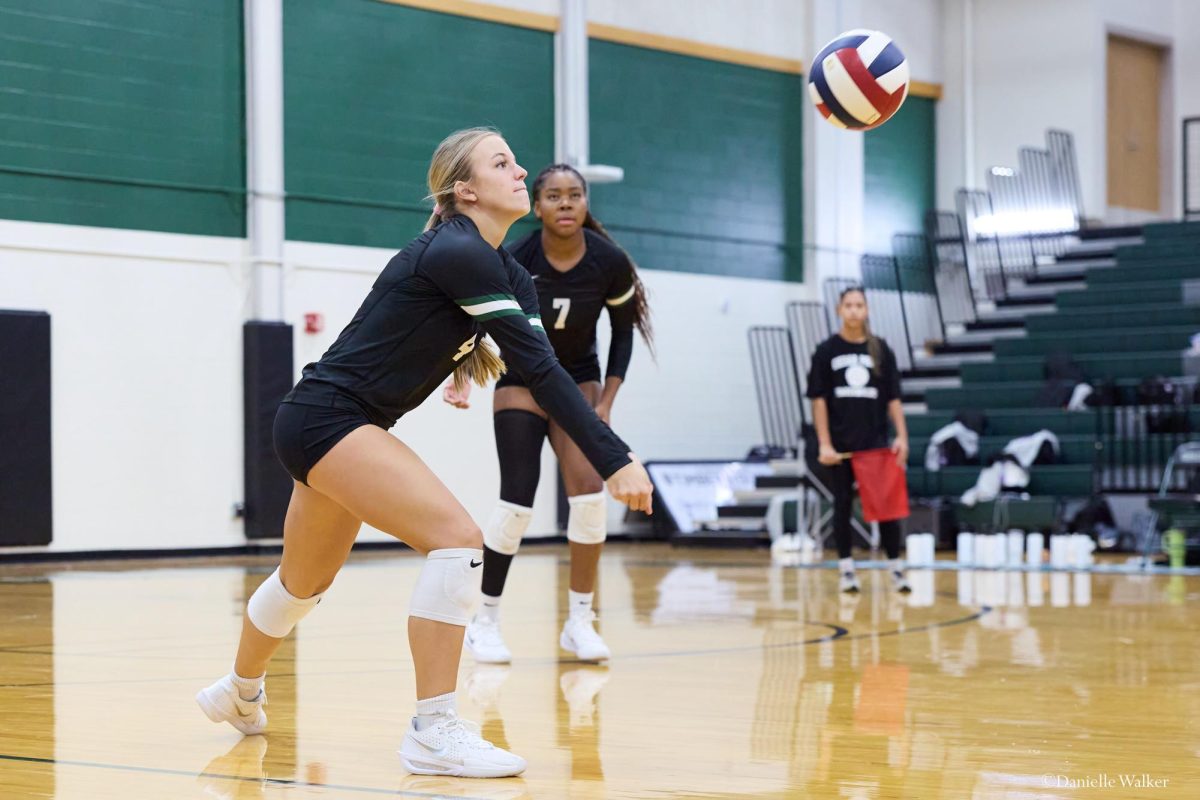
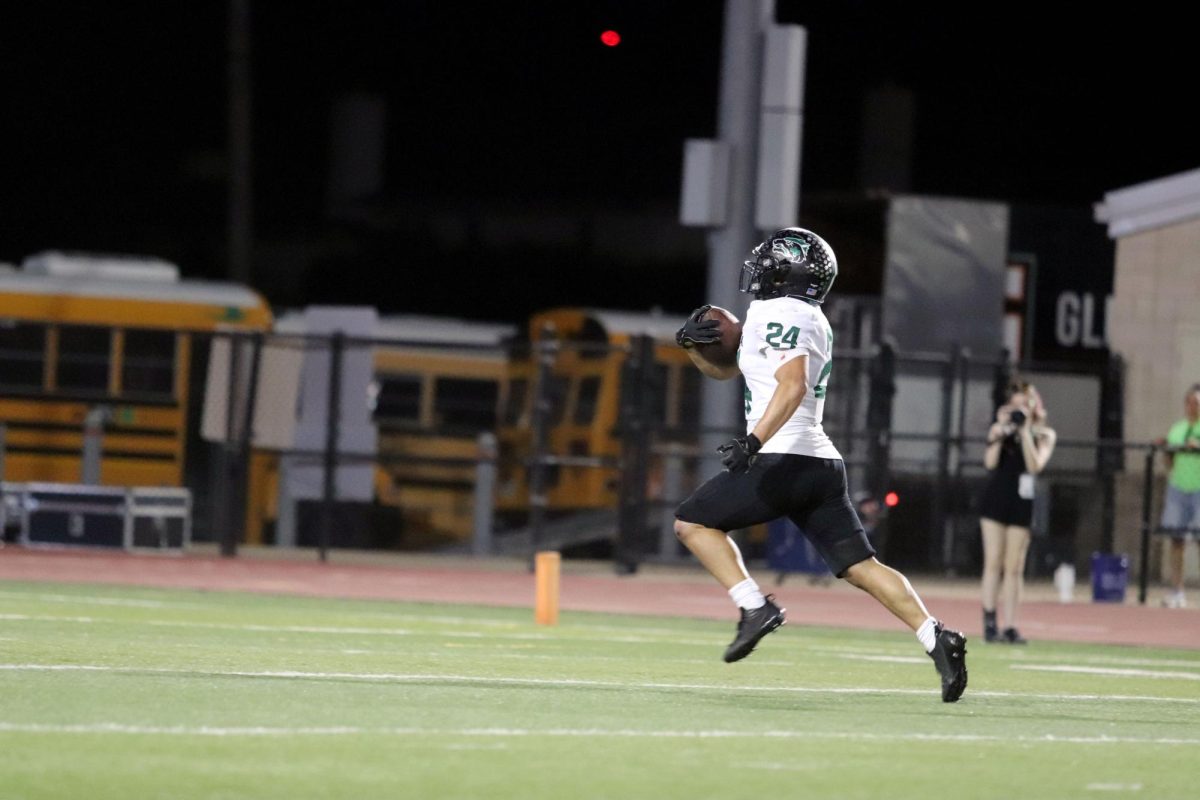
![As her hair blows in the wind, senior Brianna Grandow runs the varsity girls 5K at the cross country district meet last Thursday. Grandow finished fourth in the event and led the varsity girls to regionals with a third place placement as a team. “I’m very excited [to go to regionals],” Grandow said. “I’m excited to race in Corpus Christi, and we get to go to the beach, so that’s really awesome.” Photo by Addison Bruce](https://cphswolfpack.com/wp-content/uploads/2025/10/brianna.jpg)

